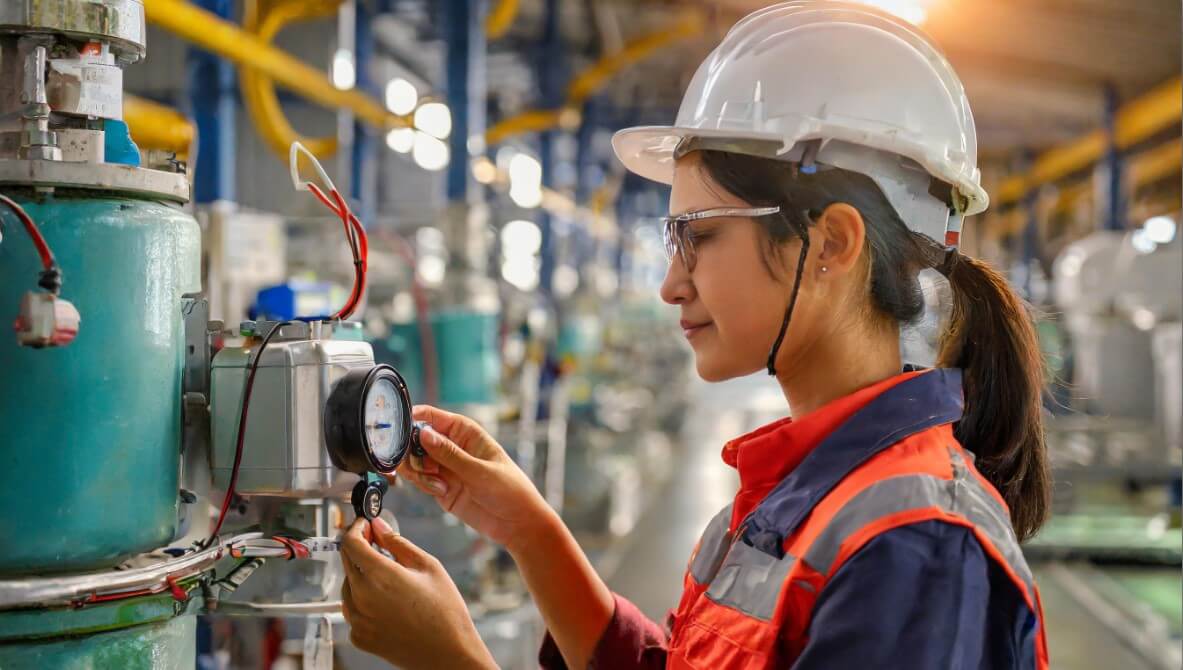Phone:
(701)814-6992
Physical address:
6296 Donnelly Plaza
Ratkeville, Bahamas.

To calibrate a Honeywell Gas Detector, follow these steps to begin by accessing the calibration menu on the device. Refer to the user manual for specific instructions on how to navigate the menu.
Ensure that the gas detector is placed in a clean and well-ventilated area. Remove any sources of interference that might affect the calibration process. Connect a calibration gas cylinder with a known concentration of the target gas to the detector. Make sure the cylinder is properly secured.
Initiate the calibration process according to the device’s instructions. This typically involves activating the calibration mode and allowing the detector to sample the calibration gas. During the calibration process, monitor the readings on the gas detector. Adjust the calibration settings as needed to match the known concentration of the calibration gas.
Once the calibration is complete, disconnect the calibration gas cylinder and return the detector to normal operating mode.

Calibrating a gas sensor involves adjusting its settings to ensure accurate measurements. Here’s a general guide:
Remember, always refer to the specific guidelines provided by the sensor’s manufacturer for accurate calibration procedures.
Calibrating a Honeywell device is a breeze. First, locate the calibration button on the device, usually marked clearly in the manual or on the unit itself. Press and hold the button until the calibration mode initiates. Follow the on-screen prompts or audible instructions if available.
Calibrating a gas detector is crucial because it ensures accurate readings and reliable performance. By calibrating regularly, you can verify that the detector is functioning properly and capable of detecting and measuring gas concentrations accurately.
Calibration also helps maintain compliance with safety and regulatory standards.
Calibrating the Honeywell Sensepoint XCD is a straightforward process. Start by accessing the menu on the device, typically by pressing a combination of buttons or following the instructions in the manual. Navigate to the calibration option and choose the gas you want to calibrate.
For a standard calibration, introduce a known concentration of the target gas to the sensor. Follow the on-screen prompts or utilize any visual indicators on the device. Adjust the calibration values until the sensor aligns with the known concentration.
To calibrate a flame detector, follow these general steps:
To adjust the sensitivity of a flame sensor, you need to locate the sensitivity adjustment control on the sensor itself. It is usually a small dial or knob that allows you to fine-tune the sensor’s response to flames. Rotate the control clockwise to increase sensitivity and counterclockwise to decrease it.
To calibrate your honeywell gas detector, start by turning on the device and selecting the appropriate gas concentration.
Next, place the calibration gas in front of the detector and wait for the readings to stabilize.
Following the manufacturer’s instructions, adjust the calibration screw until the meter displays the correct gas concentration.
It is recommended to calibrate gas detectors at least once every six months or as indicated by regular bump tests and sensor performance checks.
Calibrating your honeywell gas detector is a crucial step in ensuring accurate readings and maintaining a safe working environment. By following the step-by-step guidelines provided in this blog post, you can easily calibrate your gas detector and ensure it is operating at optimal levels.
Remember to always refer to the manufacturer’s instructions and safety guidelines when calibrating your device. Regular calibration and maintenance will not only prolong the lifespan of your gas detector but also give you peace of mind knowing that it is performing accurately.
Don’t neglect this essential task and make it a routine part of your safety protocol. By staying proactive and diligent in calibrating your gas detector, you can effectively monitor and detect potential gas leaks or hazards, protecting yourself and those around you.
Stay safe and prioritize safety!